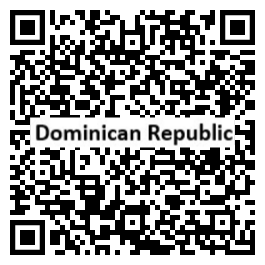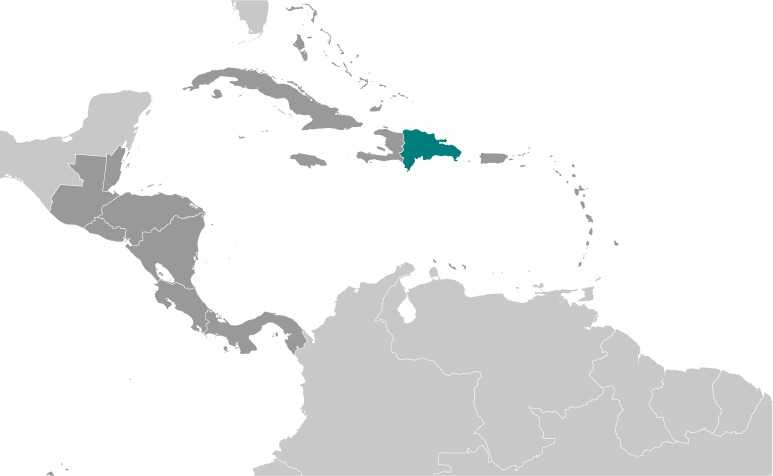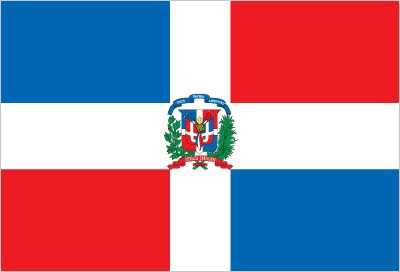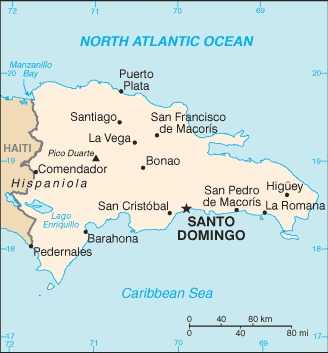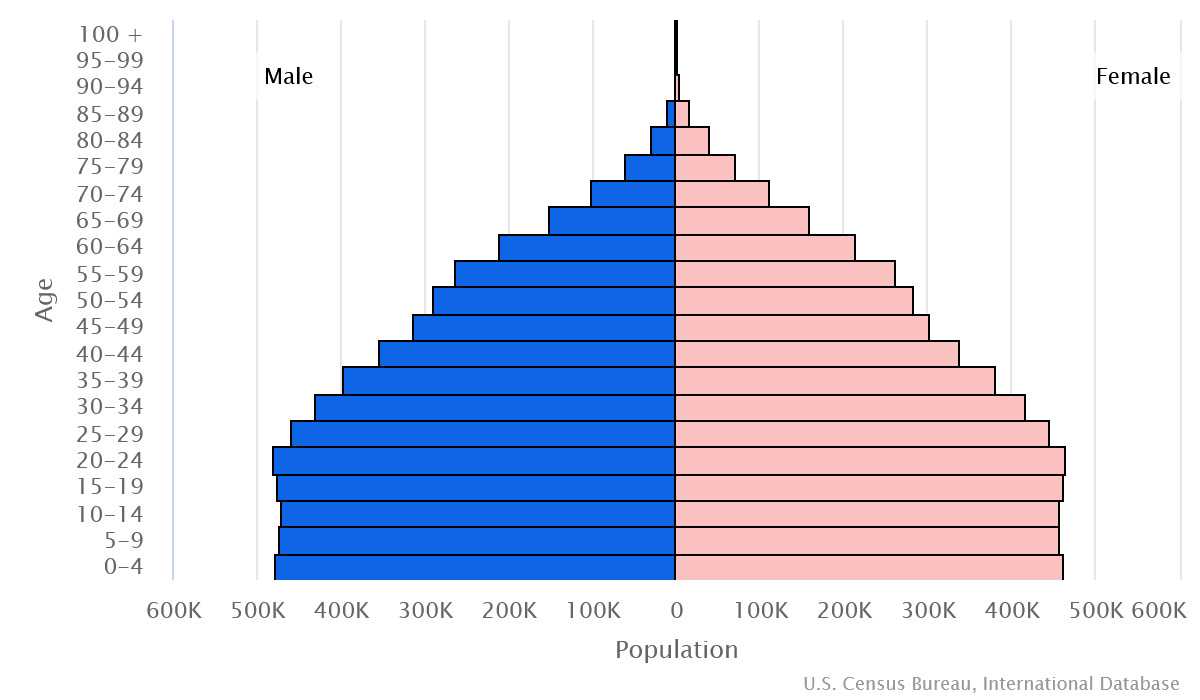Introduction
Background
Spain and France colonized and divided the island of Hispaniola. The western third became Haiti, and the remainder became the Dominican Republic in 1844. Dominicans voluntarily returned to the Spanish Empire, but two years later, they launched a war that restored independence in 1865.
Geography
Area
total : 48,670 sq km
land: 48,320 sq km
water: 350 sq km
Climate
tropical maritime; little seasonal temperature variation; seasonal variation in rainfall
Natural resources
nickel, bauxite, gold, silver, arable land
People and Society
Population
total: 10,815,857
Ethnic groups
mixed 70.4% (Mestizo/Indio 58%, Mulatto 12.4%), Black 15.8%, White 13.5%, other 0.3% (2014 est.)
Languages
Spanish (official)
Religions
Evangelical 50.2%, Roman Catholic 30.1%, none 18.5%, unspecified 1.2% (2023 est.)
Population growth rate
0.76% (2024 est.)
Government
Government type
presidential republic
Capital
name: Santo Domingo
Executive branch
chief of state: President Luis Rodolfo ABINADER Corona (since 16 August 2020)
head of government: President Luis Rodolfo ABINADER Corona (since 16 August 2020)
Legislative branch
description: bicameral National Congress or Congreso Nacional consists of:
Senate or Senado (32 seats; 26 members directly elected in single-seat constituencies by simple majority vote, and 6 members indirectly elected based upon province-wide party plurality votes for its candidates to the Chamber of Deputies; all members serve 4-year terms; note - in 2019, the Central Election Commission changed the electoral system for seats in 26 constituencies to simple majority vote but retained indirect election for the remaining 6 constituencies; previously, all 32 members were indirectly elected; the change had been challenged by the ruling and opposition parties)
House of Representatives or Camara de Diputados (190 seats; 178 members directly elected in multi-seat constituencies by closed party-list proportional representation vote using the D'Hondt method, 5 members in a nationwide constituency, and 7 diaspora members directly elected by simple majority vote; members serve 4-year terms)
Economy
Economic overview
surging middle-income tourism, construction, mining, and telecommunications OECS economy; major foreign US direct investment and free-trade zones; developing local financial markets; improving debt management; declining poverty
Real GDP (purchasing power parity)
$261.616 billion (2023 est.)
$255.582 billion (2022 est.)
$243.74 billion (2021 est.)
Real GDP per capita
$23,100 (2023 est.)
$22,800 (2022 est.)
$21,900 (2021 est.)
Agricultural products
sugarcane, bananas, papayas, plantains, rice, milk, avocados, watermelons, vegetables, pineapples (2022)
Industries
tourism, sugar processing, gold mining, textiles, cement, tobacco, electrical components, medical devices
Exports
$25.843 billion (2023 est.)
$25.169 billion (2022 est.)
$20.601 billion (2021 est.)
Exports - partners
US 50%, Switzerland 8%, Haiti 7%, China 3%, India 3% (2022)
Exports - commodities
medical instruments, gold, tobacco, power equipment, garments (2022)
Imports
$34.455 billion (2023 est.)
$36.838 billion (2022 est.)
$28.69 billion (2021 est.)
Imports - partners
US 44%, China 15%, Brazil 4%, Colombia 3%, Spain 3% (2022)
Imports - commodities
refined petroleum, natural gas, cars, plastic products, crude petroleum (2022)
Exchange rates
Dominican pesos (DOP) per US dollar -
Page last updated: Wednesday, July 24, 2024
